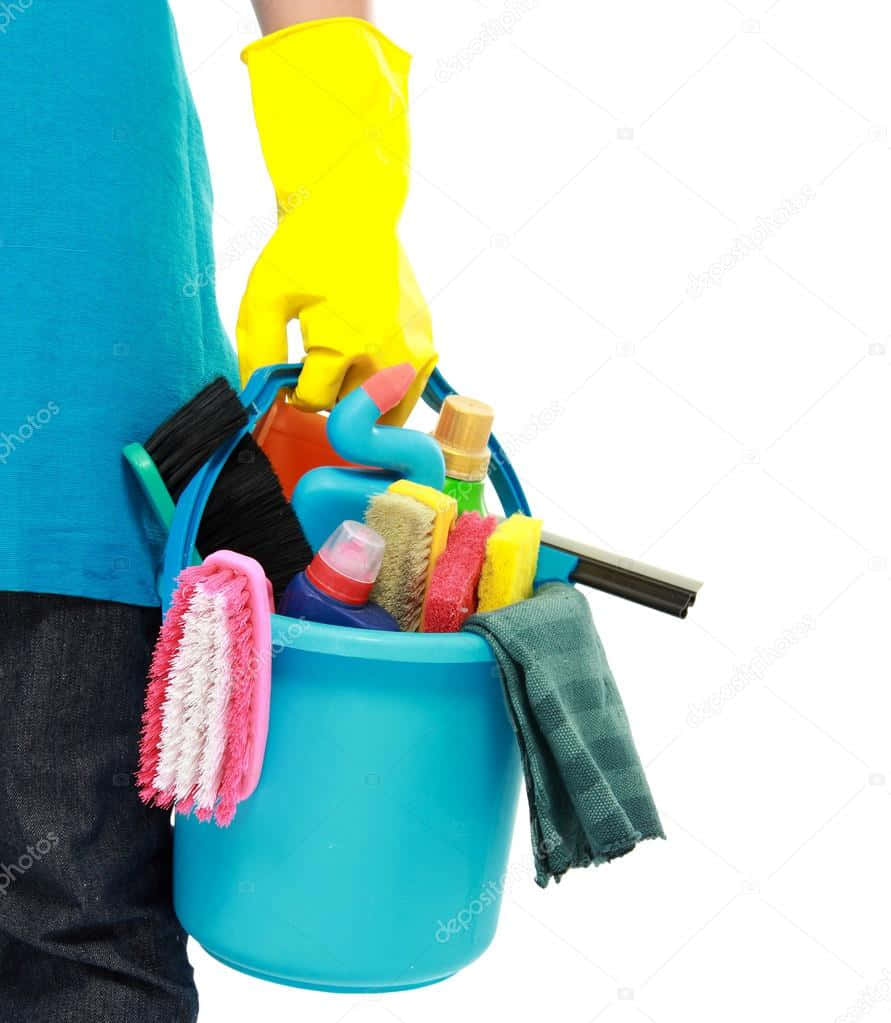Pressure Washing vs. Soft Washing: Which Exterior Cleaning Method Is Best?
Pressure Washing vs. Soft Washing: Which Exterior Cleaning Method Is Best?
Blog Article

Keeping the exterior of your home or business looking its best is essential for curb appeal and maintenance. When it comes to cleaning the outside of your property, you may come across different methods, with pressure washing and soft washing being the most common. Each technique has its advantages, and understanding the differences can help you choose the right option for your specific needs.
Pressure washing is known for its power, effectively removing dirt, grime, and stains from hard surfaces. However, it may not always be the best choice for every situation. On the other hand, soft washing offers a gentler approach, using low pressure combined with specialized cleaning solutions to safely clean delicate surfaces like roofs and siding. As you consider enhancing your property's exterior, it's important to explore the benefits and limitations of both pressure washing and soft washing within the realm of exterior cleaning services.
Overview of Pressure Washing
Pressure washing is a powerful exterior cleaning method that utilizes high-pressure water spray to remove dirt, grime, mold, and other contaminants from surfaces. This technique is commonly used on driveways, decks, siding, and patios. The strong force of the water can effectively dislodge stubborn stains and debris, making it a popular choice for homeowners looking to rejuvenate their property's appearance.
One of the key advantages of pressure washing is its speed and efficiency. This method can clean large areas in a fraction of the time it would take with traditional cleaning methods, often resulting in immediate visual improvement. However, the intensity of the water pressure requires careful handling to avoid damage to surfaces, particularly softer materials like wood or certain types of siding.
https://nittygrittycleaningsolutions.com
While pressure washing is highly effective for tough cleaning jobs, it is essential to consider the types of surfaces being cleaned. Different materials may require varying amounts of pressure to prevent damage. Consequently, understanding the appropriate pressure levels for specific surfaces is crucial for achieving optimal results while maintaining the integrity of your exterior features.
Overview of Soft Washing
Soft washing is a gentle method of exterior cleaning that uses low pressure to apply specialized cleaning solutions. This technique is particularly effective for surfaces that can be damaged by high-pressure water, such as roofs, painted surfaces, and delicate materials like wood. By using a combination of biodegradable cleaners and lower water pressure, soft washing effectively removes dirt, algae, mold, and other contaminants without risking damage to the underlying material.
Unlike pressure washing, which relies on sheer force to blast away grime, soft washing focuses on the cleansing power of the chemical solutions. These solutions penetrate deep into the contaminants, breaking them down and allowing them to be rinsed away easily. This method not only cleans surfaces but also helps to inhibit the regrowth of mold and mildew, providing longer-lasting results. Homeowners appreciate that soft washing is a safer option for maintaining the integrity of their properties.
In addition to its effectiveness on various surfaces, soft washing is an eco-friendly choice. The cleaning agents used are often biodegradable and designed to minimize environmental impact. This method allows for a thorough clean without the extensive water waste seen in traditional pressure washing. As homeowners increasingly seek sustainable solutions for exterior cleaning, soft washing continues to grow in popularity among exterior cleaning services.
Factors to Consider for Choosing the Right Method
When deciding between pressure washing and soft washing for your exterior cleaning needs, the type of surface being cleaned is a critical consideration. Hard surfaces such as concrete, brick, and stone can typically withstand the high pressure that comes with pressure washing, effectively removing tough stains and dirt. In contrast, softer materials like wood, vinyl siding, and roofs require gentler approaches to avoid damage, making soft washing the preferred method for these delicate surfaces.
Another important factor is the nature of the contaminants you need to remove. If you are dealing with mold, mildew, or algae, soft washing is particularly effective due to the use of specialized cleaning solutions that can kill these organic growths at the root. Conversely, if the exterior has persistent stains from oil or grease, pressure washing may be necessary to ensure a deep clean. Understanding the types of contaminants can help you select the method that will yield the best results.
Finally, consider the environmental impact and safety aspects of each method. Pressure washing can lead to runoff that may carry harmful chemicals and debris into storm drains, while soft washing uses less water and safer cleaning solutions. Additionally, hiring professionals who understand how to use each method responsibly can also safeguard your landscaping and surrounding areas. Balancing effectiveness with environmental considerations will guide you in choosing the best exterior cleaning service.
Report this page